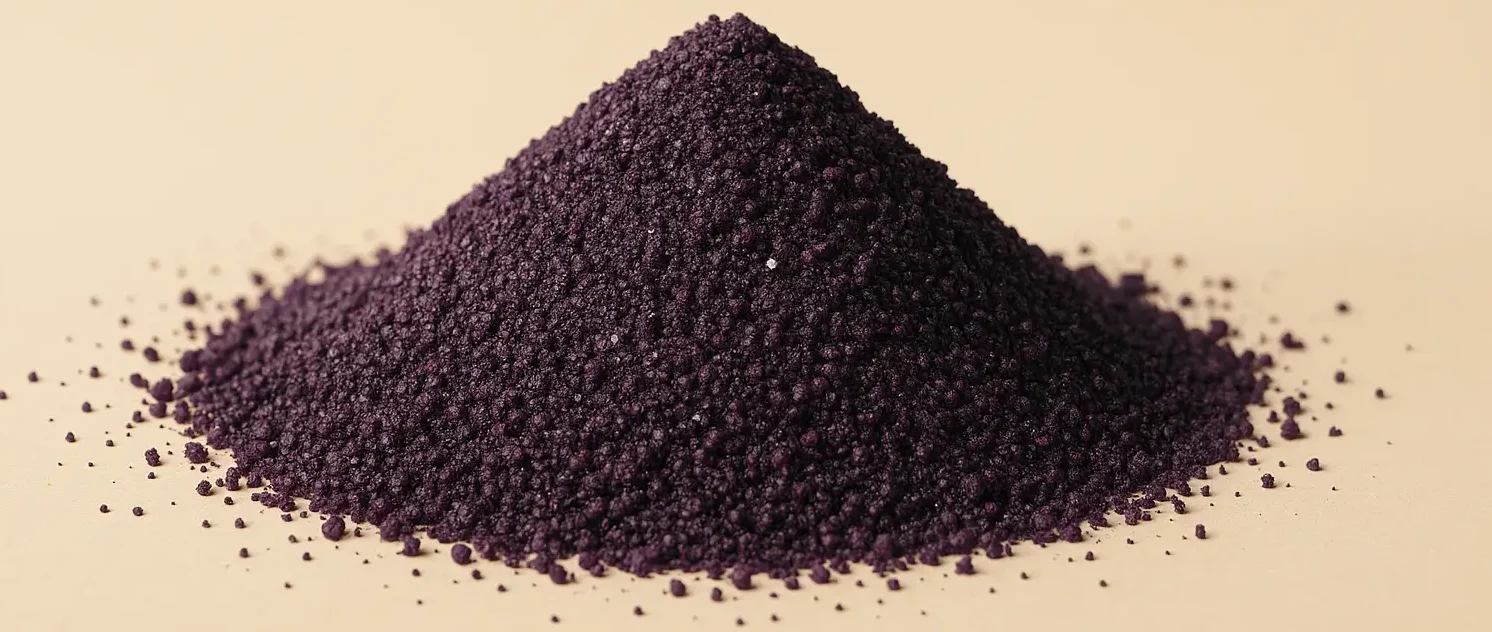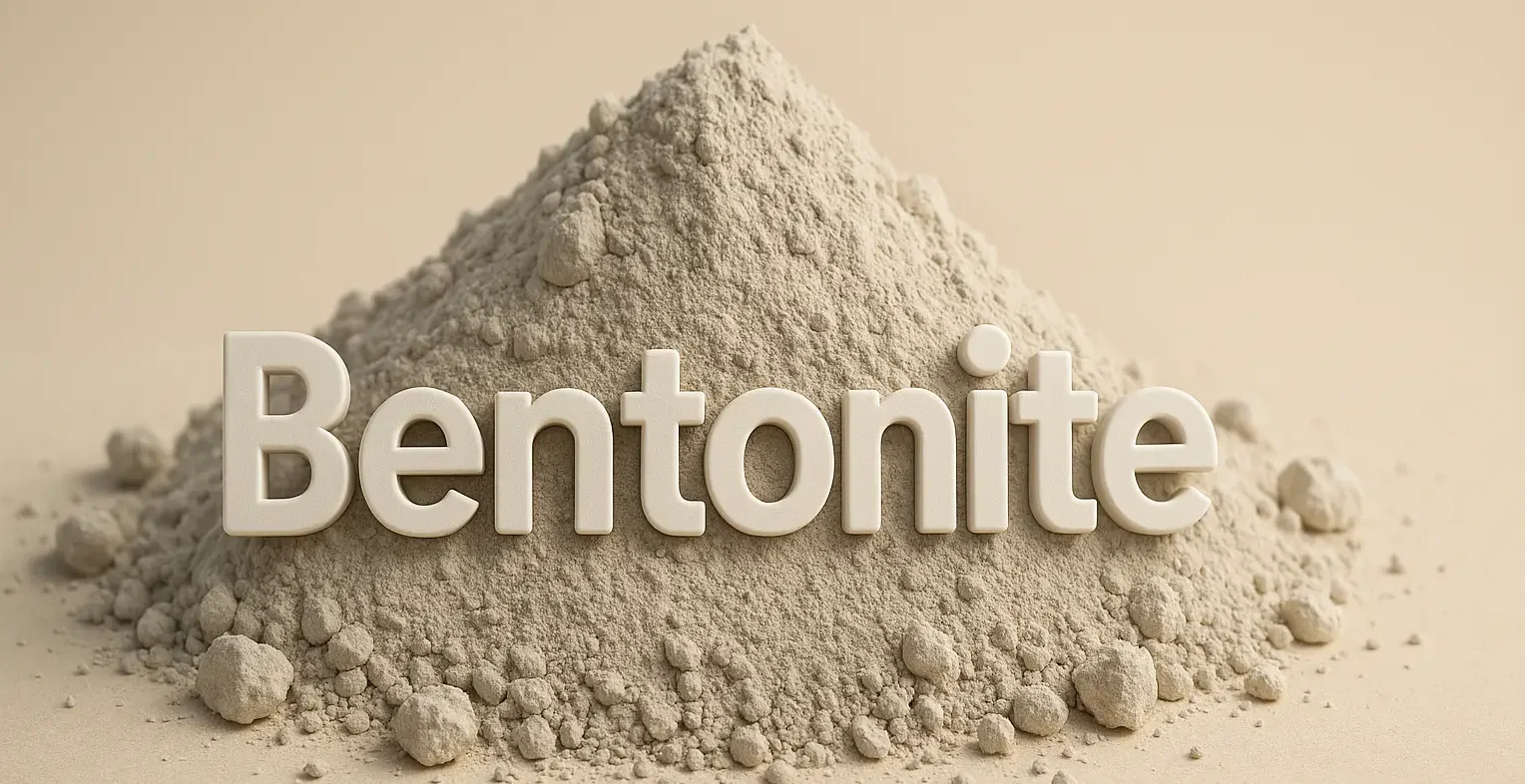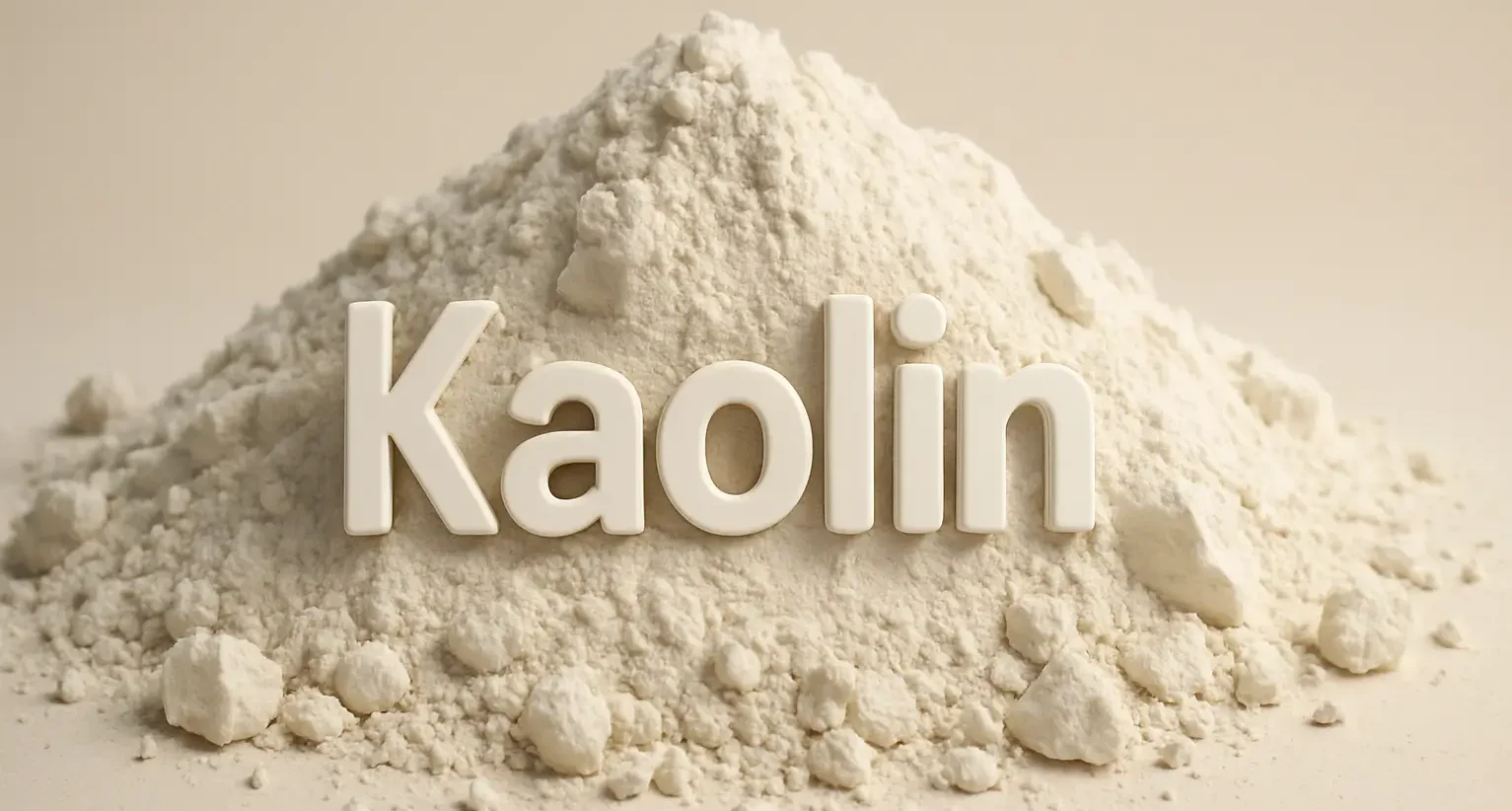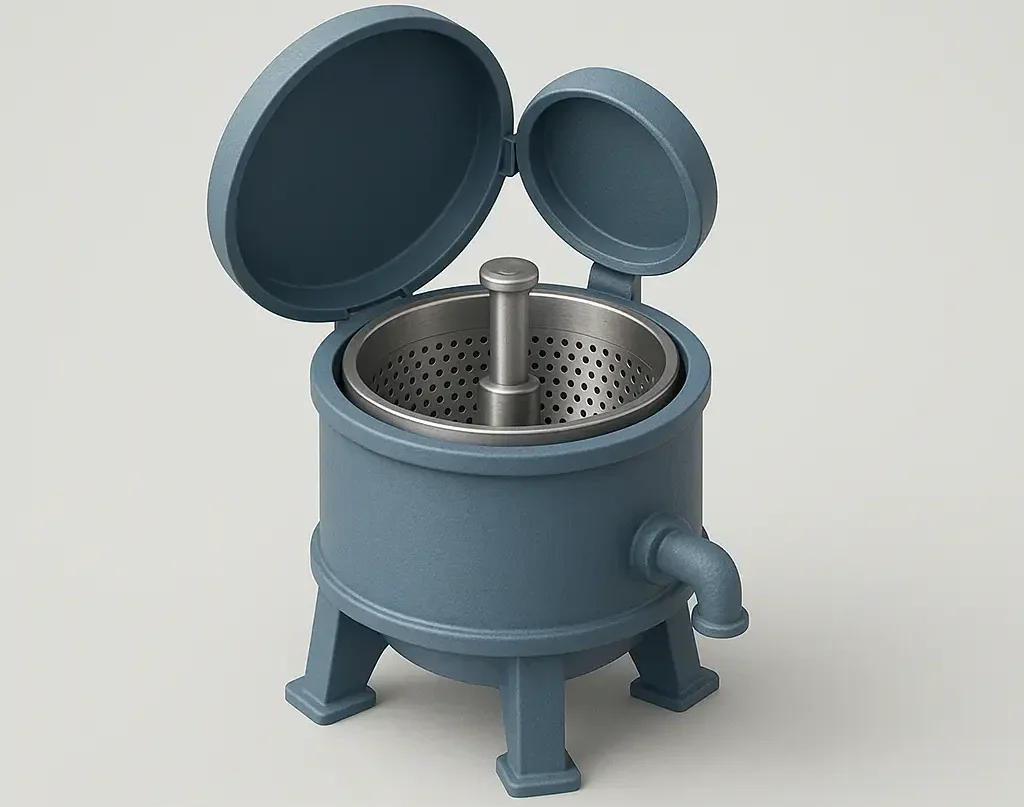Chlorinated Lime (Calcium Hypochlorite, Ca(ClO)₂)
Preparation of Chlorinated Lime: Prepared by passing chlorine gas through slaked lime (calcium hydroxide): 2Ca(OH)2 + 2Cl2 → Ca(ClO)2 + CaCl2 + 2H2O2 Properties: White to grayish-white powder with a chlorine-like odor. Soluble in water, forming a clear solution. Strong oxidizing and bleaching agent. Chemical formula: Ca(ClO)₂. Uses: As a disinfectant for water purification and … Read more










